People and government
Gender and infrastructure development
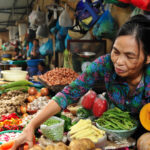
Infrastructure development has both positive and negative impacts on many different communities. Such development can take up large amounts of land and require many people to move. They impact various segments of communities differently, especially women. For instance, women are rarely represented in public participation ...
Infrastructure Financing Mechanisms - Public Private Partnerships
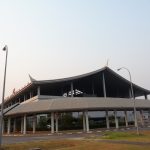
Overview In the past decade, infrastructure development has been a central focus of policymaking for countries in the Lower Mekong – Cambodia, Laos, Myanmar, Thailand, and Vietnam. Financing these projects is a complicated and large undertaking. A multi-billion dollar airport project, for instance, may require loans ...
Government

The governments of the Lower Mekong region face challenges rising from their individual histories and from shared challenges facing developing Southeast Asian economies. To varying degrees, they have been shaped by colonialism and war. Their current constitutions differ, as do the structures of their governments ...
Urban administration and development
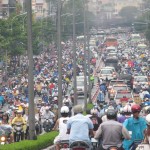
The Lower Mekong region is home to some of the world’s most dynamic cities. Bangkok, Ho Chi Minh City, Hanoi, and Yangon all have populations in excess of 5 million and are still growing. Phnom Penh and Vientiane are smaller but their growth has been ...
Law and judiciary
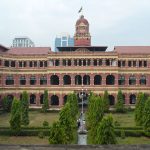
There are many similarities in the structure and establishment of courts, laws and judiciaries across the Lower Mekong, despite their differences in types of government (republics, socialist, constitutional monarchy, etc). They also face some of the same challenges in adherence to rule of law, and ...
Population and censuses

The combined, estimated population for the Lower Mekong was 237.7 million in 2015. Vietnam had the largest population at 93.5 million, while Laos had the smallest at 6.8 million. In line with their various stages of development, higher income countries like Thailand have lower population ...
Social development
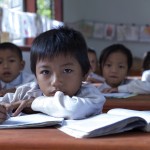
Over the last two decades, the countries of the Lower Mekong Basin have all experienced economic development and social transformation. While results are encouraging over all, the improvements across development indicators are not always equal, and as the disparity between the growing urban classes and ...
Aid and development

Official Development Aid into the five countries of the Lower Mekong Basin accounts for just 1% of the world’s total. While Thailand began paying back its ODA debt in 2000, the amount of ODA to the four other countries increased between 2004 and 2013. ...

